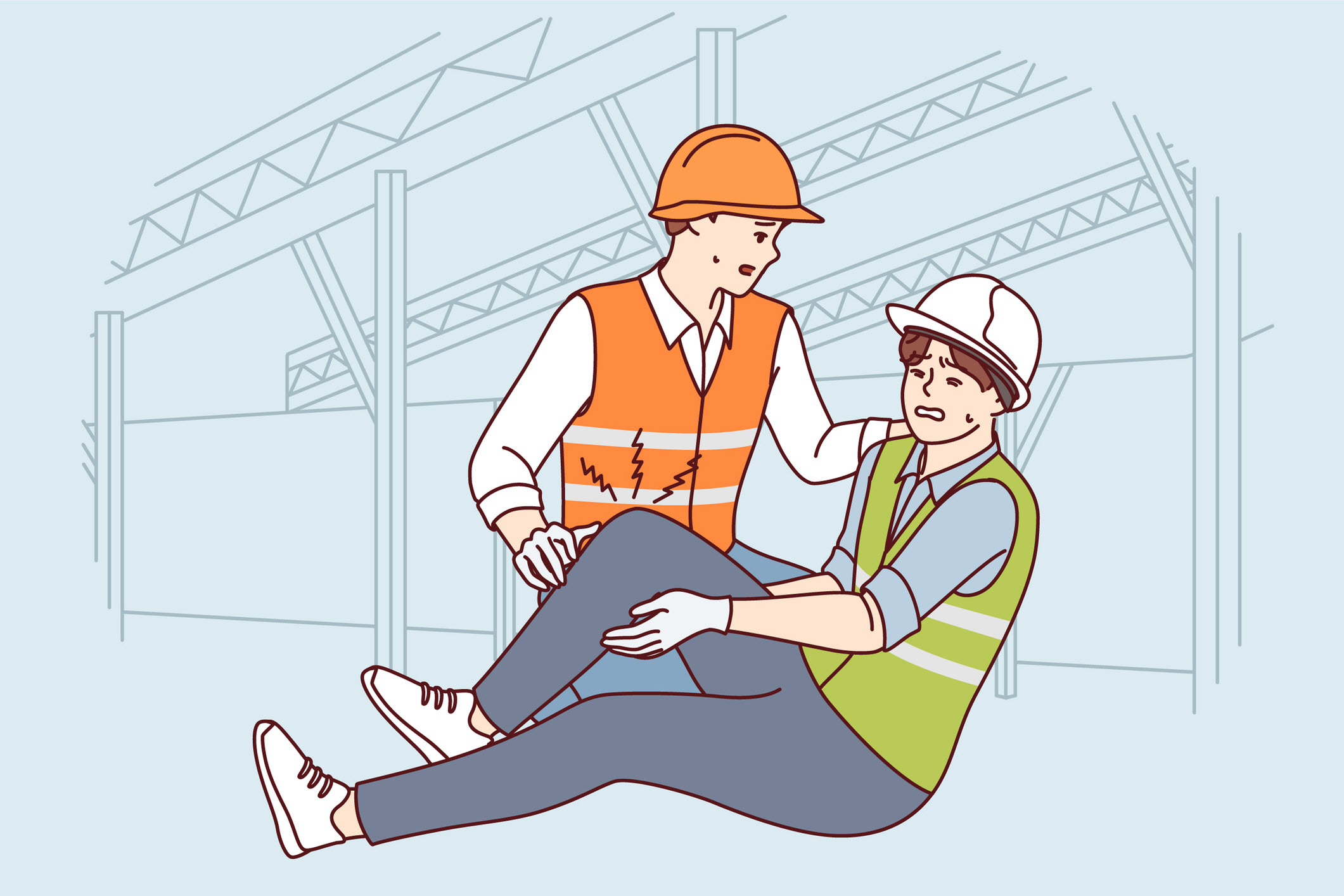The Link Between On-the-Job Tenure and Injury Rates
A strong labor market with increased job openings has created an abundance of newly employed workers. While job growth is optimal, inexperienced employees may pose challenges for employers.
April 22, 2024

A new report from the Workers’ Compensation Insurance Rating Bureau of California (WCIRB), Impacts of Employee Tenure on Workers’ Compensation Claim Frequency in California, indicates that injury rates for short-tenured employees are on the rise.
“Recently, claims concerns have focused on the aging workforce due to the rapidly increasing number of older workers and their associated accident severity,” said Sean Fitzsimmons, Large Casualty Workers’ Compensation Claims Manager at Safety National. “However, short-tenured employees not only experience more frequent injuries, but they are also more likely to sustain an injury that results in an emergency room visit. With higher wages increasing indemnity payments and accelerated rates of job turnover, the impact of short-tenured employees should not go unnoticed.”
We examine some of this report’s key findings and the impact on claims frequency.
1. 40% of workers’ compensation claims result from injuries sustained by workers employed for less than one year.
Since 2020, the share of claims for employees with less than one year of experience has increased by 5% industrywide. Yet, there was a 3% drop in their share of claims from 2018 to 2020. The correlation could be due to a strong labor market in the last few years with more available job openings. This adds newer employees with less training to the workforce, potentially causing a rise in injury frequency. Additionally, increased employee turnover could be to blame for the service industry contributing to a higher percentage of these claims.
2. Fall, struck by, and cut injuries are more common in workers employed less than a year, while strain injuries are more frequent in longer-tenured employees.
This group, aged 16-34, is more prone to fall, struck, or cut injuries due to a lack of knowledge about worksite hazards and risks. Simple techniques like assessing for hazards before starting a job and proper training can prevent these occurrences. Alternatively, the longer-tenured group is more likely to suffer strain injuries from repetitive motions, which typically take longer to occur. Cumulative trauma (CT) claims are more common in longer-tenured employees, especially in healthcare, education, and office roles. Healthcare and education CT claims may be related to the physical demands of the job, while office jobs require extended periods of computer use and inactivity.
3. Employees with less than one year of tenure in a physical labor industry are more than three times as likely to have a claim.
This group has the highest claims frequency across all industries, likely due to the hazardous nature of these types of jobs, which may require lifting and carrying heavy objects. This group of employees is followed by service industry employees with less than one year of experience, who are twice as likely to have a claim. When roles need to be immediately filled, employers may be tempted to make concessions during onboarding procedures, but setting a strong standard of safety from the beginning may help prevent accident frequency.

























